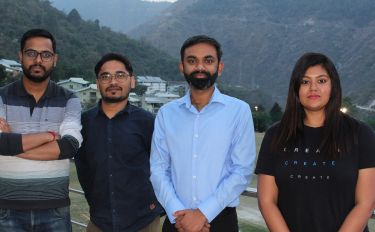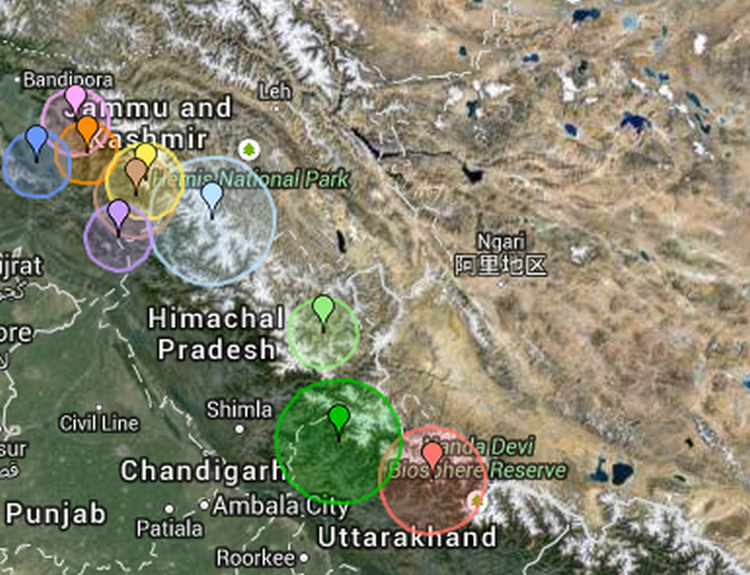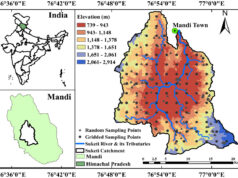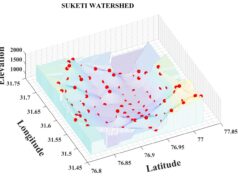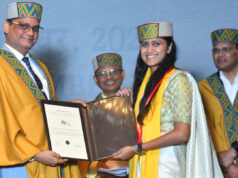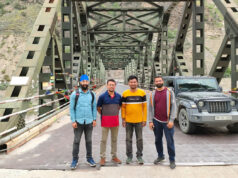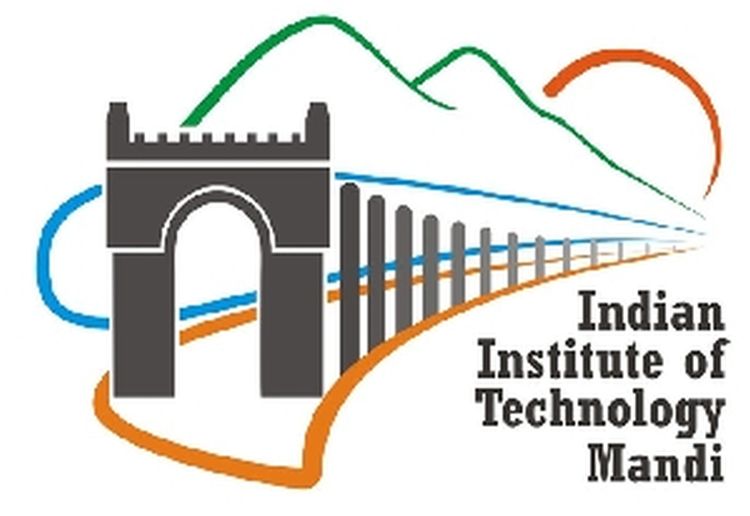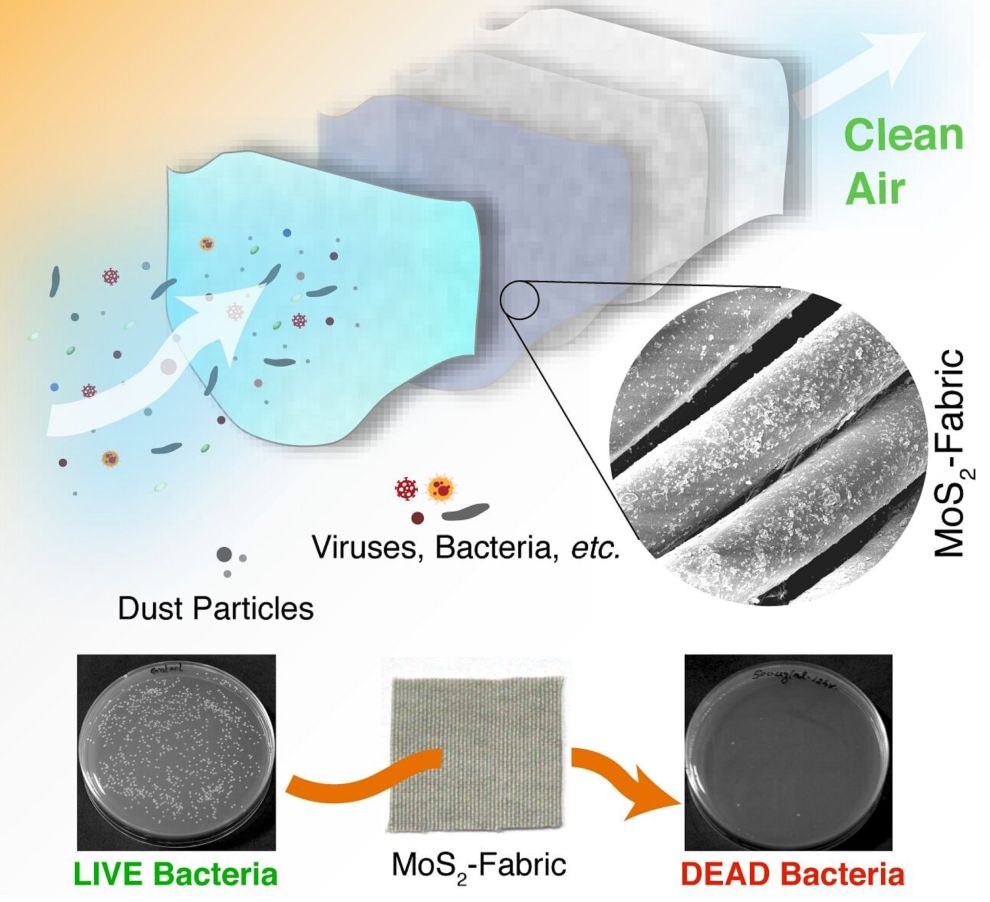
Mandi: IIT Mandi researchers have developed a virus-filtering, self-cleaning and antibacterial material that can be used to make face masks and other PPE equipment.
This useful development of IIT Mandi Professor Dr Amit Jaiswal and his team comes at a time when the Nation is battling with the second wave of the COVID-19 pandemic.
Dr Jaiswal team has incorporated nanometre-sized sheets of molybdenum sulphide, MoS2, the sharp edges, and corners of which act like tiny knives that pierce bacterial and viral membranes, thus killing bacteria.
“The ‘nanoknife’-modified fabrics demonstrated excellent antibacterial activity even after 60 cycles of washing,” said the researcher, which makes this an excellent way to reuse masks and reduce biological waste generation.
In addition to puncturing the microbial membranes, the nanosheets of molybdenum sulfide enable disinfection when exposed to light. Molybdenum sulphide exhibits photothermal properties, i.e., it absorbs solar light and converts it into heat, which kills the microbes.
“Within 5 min of solar irradiation, all the MoS2-modified fabrics showed 100 percent killing of both E. coli and S. aureus,” claimed IIT Mandi researchers.
The researchers have developed prototypes of a 4-layered face mask using the MoS2 modified fabric. They report that these masks, in addition to killing microbes and being light-cleanable, can also filter >96 percent of particles that are in the size range of the COVID Virus (120 nanometres), without compromising on the breathability of the fabric, and could thus be a powerful tool to prevent the spread of coronavirus and other microbial infections. Dr. Jaiswal said
“Keeping the urgency of the pandemic situation and cost-effectiveness in mind, we have developed a strategy to repurpose existing PPEs, especially face masks, by providing an antimicrobial coating to these protective clothing/textiles,”
“We expect that the impact of this innovation on society will be immense and immediate, considering the current situation of global COVID-19 pandemic,” Dr. Jaiswal further added.
The materials can also be used to fabricate screens/sheets for creation of makeshift isolation wards, containment cells and quarantines for holding individuals who come in contact with pathogens.


